The U.S. Department of Agriculture estimates that more than 60 percent of our children do not eat the recommended amount of fruits and vegetables they need. Gardening is an excellent way to encourage and increase your child’s consumption of these vitamin-rich foods.
Gardening is fun, plain and simple. The process involves dirt, water and digging, and it yields hours of fun, a lifetime of memories, and most importantly, fresh and tasty treats that nourish growing bodies.
What makes gardening a great activity for families?
Through gardening, a child:
- Bonds with his family and grows by together working toward a common goal
- Strengthens his gross and fine motor skills while exercising and staying active outside
- Increases his love of learning through this hands-on science experiment
- Grows his appetite by watching, understanding and appreciating the process behind the food on their plate
- Develops a sense of pride, ownership and responsibility through an appreciation of nature
- Grows a healthy body through increased activity and access to fresh, local, healthy foods
How do you start a garden with your family?
1. Start small by planting simple seeds.
Grow seedlings in small pots or containers. Planting seeds allows children to see the very beginning of a plant and get to the root of their food, literally.
2. Create an herb garden and experiment with flavors.
A gateway to trying new foods is often experimenting with the flavors and cooking techniques of old favorites. Plant a few basic herbs like parsley, cilantro and basil or get creative with fun tastes like stevia and mint, which are yummy to enjoy right off the stem. Involve your child in choosing which herbs to use with your meal.
3. Use fun containers for your plants.
Anything with drainage (you can always drill holes in the bottom) can be a planter. Old work boots, rain boots, toy boxes, wading pools, sand buckets, coffee cans, old sinks, watering cans, tires, ice cream cartons, lemon rinds, egg cartons, or toilet paper rolls as are some idea of fun containers to use for your garden. Let your child be creative in choosing the containers.
4. Let your child choose a variety of herbs and vegetables.
Allow him to choose the plants that will be grown, harvested and eaten by your family. Encourage a variety of old favorites, new things to try and of course, a rainbow of flavors.
A rainbow garden plan may include:
Red – grape tomatoes and strawberries
Orange – sweet orange peppers
Yellow – crooked-neck squash
Green – sugar snap peas, lettuce, chard and cucumbers
Blue – blueberries
Purple – eggplant
5. Facilitate the fun.
Give your child ownership in their garden by allowing him to lead the way. Standing back may mean you have to sneak out and help with some garden maintenance, but the pride your child will take in the ownership of his garden is worth it.
Encourage fun in the process by allowing your child to dig in the dirt, water the plants, push a wheel barrow, pull the weeds and even (pretend) to mow the lawn. Older children may delight in keeping a scrapbook or journal to track their progress and success. The process of gardening is just as much fun as reaping its harvest.
6. Celebrate the work.
Cook your harvests with simple preparations to bring out the fresh flavors and encourage your child to be a part of preparing the meal.
Photo sources:
- Cabbage seedlings by CIFOR
- Herb garden by YoungDoo Moon
- Seedling in a toilet paper roll repurposed as a mini planting pot by girlingearstudio
- Clagett Farm CSA Week 11 by thebittenword.com
- Seedlings by BLM Nevada
- Rainbow vegetables prepped for pizza by Rachel Ford James
This Week's Articles Read, learn, live
-
 Summertime grilled vegetables
Summertime grilled vegetables
-
 5 Ways to make this summer full of unforgettable family fun
5 Ways to make this summer full of unforgettable family fun
-
 10 Reasons to take a family vacation in Puerto Vallarta
10 Reasons to take a family vacation in Puerto Vallarta
-
 5 Fun tips for spring cleaning with kids
5 Fun tips for spring cleaning with kids
-
 10 chick flicks with New Year’s Eve scenes
10 chick flicks with New Year’s Eve scenes
-
 The day after Christmas: 5 ways to handle the biggest downer of the year
The day after Christmas: 5 ways to handle the biggest downer of the year
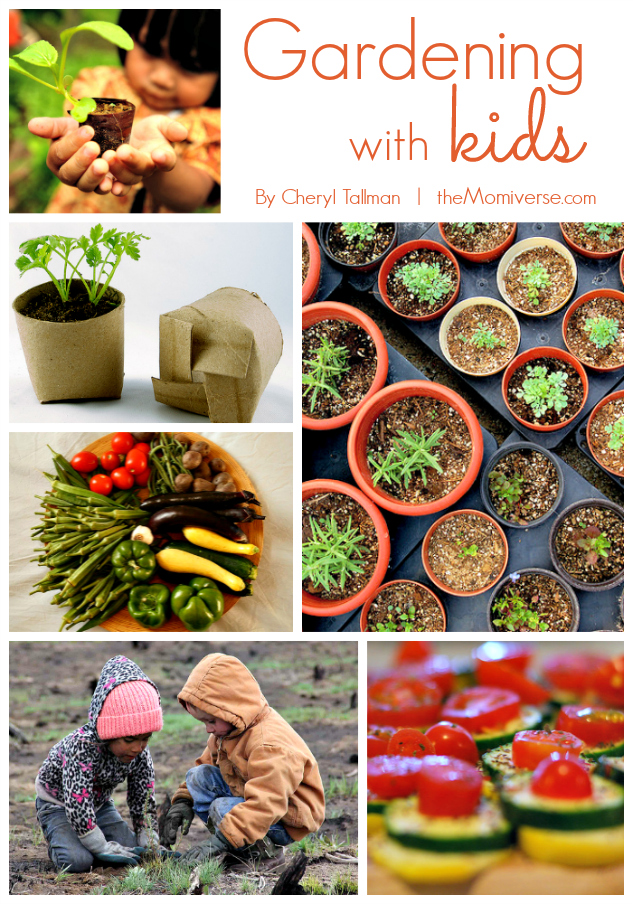
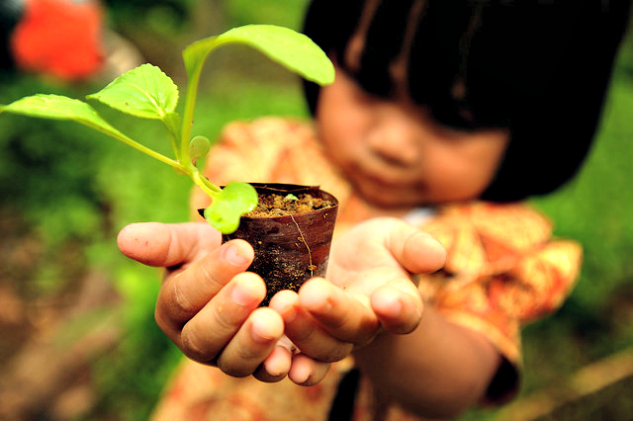
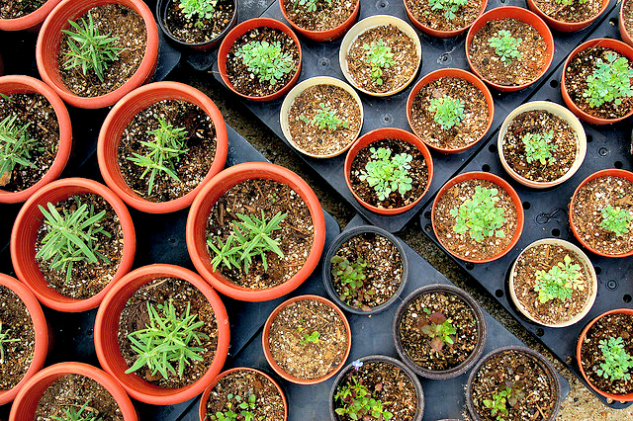
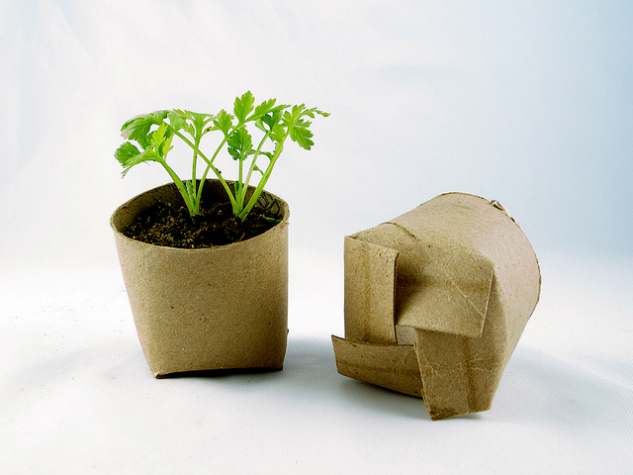
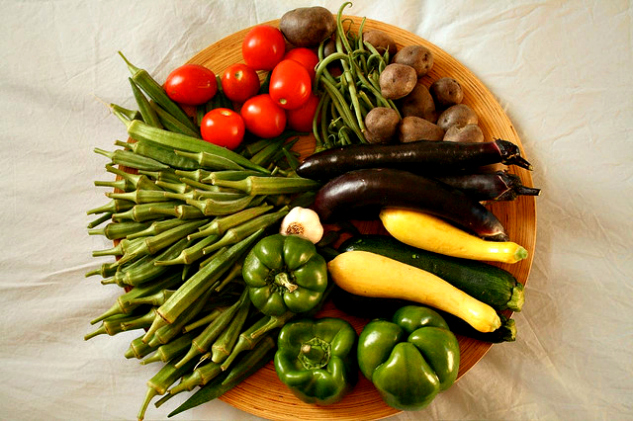
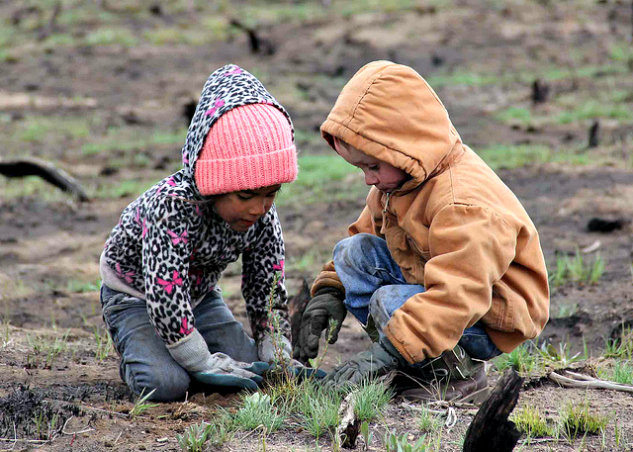
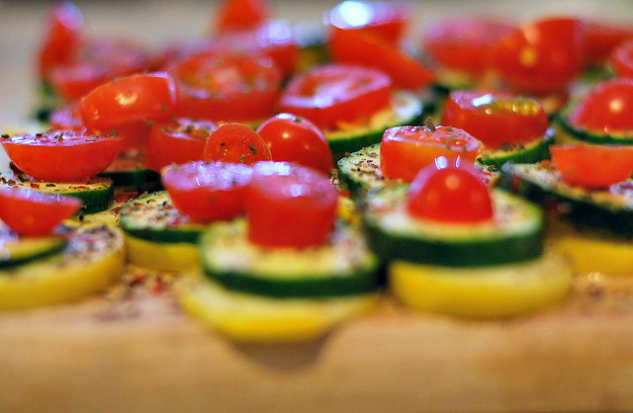
{ 1 trackback }